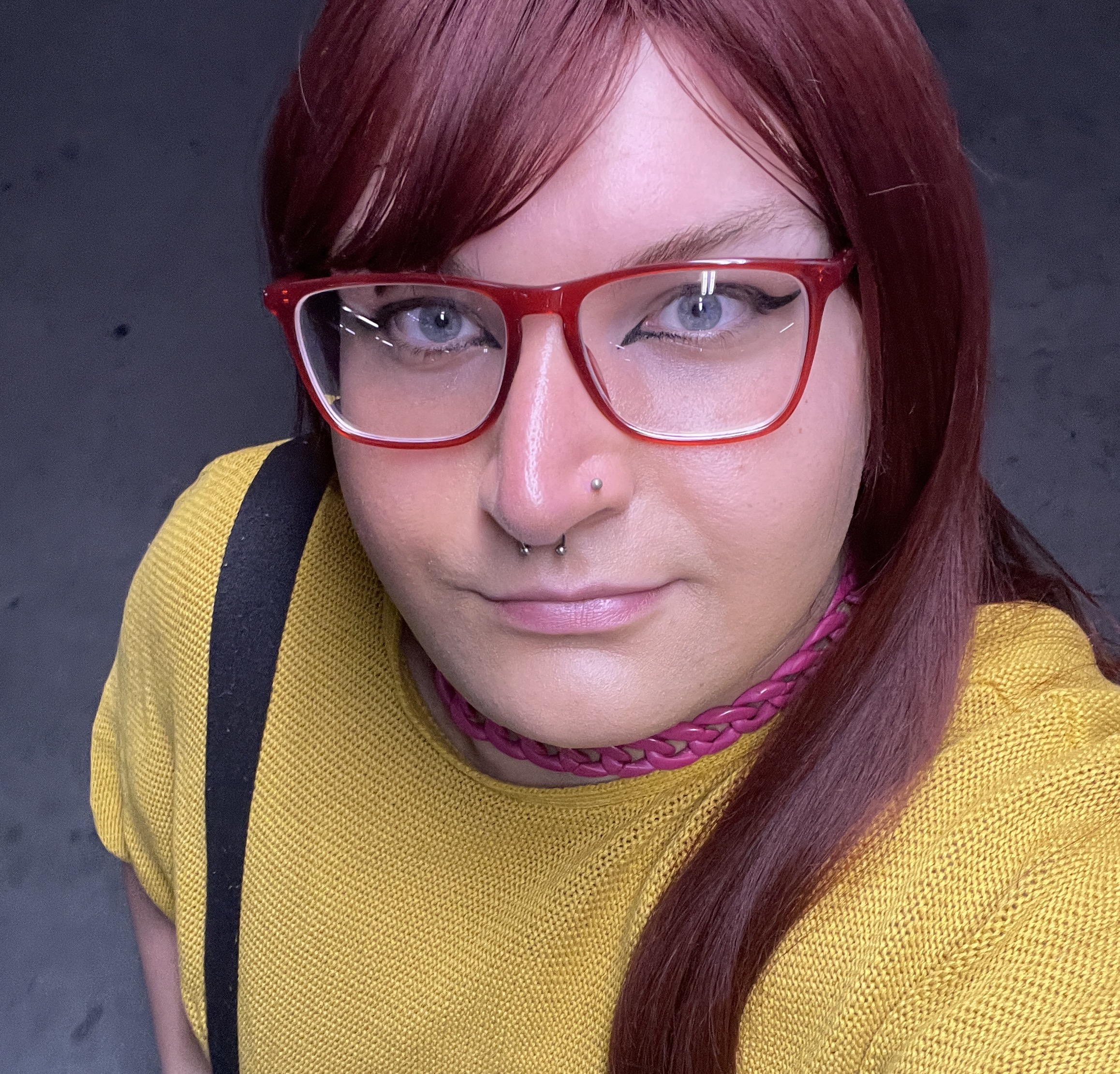Justin Bernasconi: “I could see swirls of paint strokes and hear dissonant phrases on the guitar”
Justin Bernasconi walks us through his magical third album, 'Sleeping Like A Maniac'

In the year 2021, there is certainly no shortage of guitarists capable of cranking out technically showy, mind-bending works of art with their fretboards. There’s also no shortage of those who use the guitar as a tool for emotive storytelling, sometimes eschewing scholarly form to favour sounds that elicit natural, more distinctly human emotions. There are few guitarists, however, that can push both of those styles to their extremes, delivering intricate and interesting passages of fretwork that stimulate the mind just as powerfully as they stimulate the heart – balancing virtuosic technique with a love for the (oftentimes simple) art of musical whimsy.
Justin Bernasconi is one of those few guitarists.
Bernasconi’s third album, Sleeping Like A Maniac, is a tour de force of songwriting wit and headstrong performance. It’s inspired thematically by heartrendingly poignant bouts of mental anguish, heartbreak and hopelessness, but musically by the sprawling beauty of the UK, the subtle quirks of freeform jazz, and the lush, open fields of the countryside. Australian Guitar caught up with Bernasconi to vibe on how Sleeping Like A Maniac marks a new peak for the singer-songwriter’s artistic evolution, how he plumbed the depths of trauma to find slivers of elegance, and all the wicked gear that went into encapsulating it.
As your third album, how did you want Sleeping Like A Maniac to build upon what you established creatively on Winter Pick and Barefoot Wonderland?
With both of those albums, I was still figuring out what I wanted to do in terms of composition and stylistic choices. Trying a bit of blues on this track, a bit of folk here and bluegrass there… each style has its own challenges, which I enjoyed. With Sleeping Like A Maniac, I feel like I’ve started to travel beyond those experiments, and in some subtle and distilled way, finding my own style – a style that I call ‘folk impressionism’.
How did this album take you out of your comfort zone as a player – if it did?
Yes, there were a few tracks that took me out of my comfort zone. There’s a picking pattern that I use on songs like “Dancing Elephant”, “Golden Leaves” and the title track, that is tricky to play on my seven‑string Martin HD-28 because the string spacing on the neck of a dreadnought can be quite narrow. Because I’d always tend to record these pieces a little quicker than the tempo I intended, I would try to practice the pieces at 20 beats-per-minute slower leading up to the session, so my right hand could cope with the tempos.
On the other side of the playing spectrum was the enmeshment of the vocal and guitar lines on the tune "Lady In The Field”. The song\ is almost free time throughout the opening verses, and the guitar is almost answering phrases where the voice drops off, similar to a delta blues song.
I read that you were inspired by alt-folk artists from the UK, and that after touring the continent with Cat, “The rich cultural landscape of galleries and history inspired [some of these] songs.” Can you tell us more about that?
I love to listen to and play lots of music with different styles, but sometimes I feel that I can get oversaturated with music. So this time I needed to look elsewhere to get some inspiration. We hired a car, drove through France and down to Barcelona, visiting galleries along the way and not listening to music! It was great, seeing classic paintings that inspired me to hear the music that I was trying to compose in a fresh way. I could see swirls of paint strokes and hear dissonant phrases on the guitar, and I would sing ideas into my iPhone.
All the latest guitar news, interviews, lessons, reviews, deals and more, direct to your inbox!
Unfortunately when I returned to Australia, my mental health took a nosedive and it brought up some complicated feelings that I needed to deal with, so when I channelled those issues into lyrics, the whole album then took a darker turn.
Does part of it, too, come from having grown up there, almost like you’re reconnecting with your roots?
Indeed. As a teenager frequenting the Cambridge Folk Club and Cambridge Folk Festival, I got to see a lot of my musical heroes: Davey Graham, Bert Jansch, Joan Baez, John Renbourn, Stefan Grossman… But seeing artists like Richard Thompson, Guy Clark and Rainer Ptacek perform really made a connection with me, because they had a darkness to their songs.
What’s one moment from the recording process of SLAM that really stands out to you?
Recording the opening track, “Blank Page”. We recorded two takes of the guitar track without a click, and I stuffed up the first take towards the end – but that take was really cooking, so we spliced the second take in and, by chance, it was exactly the same tempo. My vocals were then double‑tracked. The following week Justin Olsson came in and laid down a stunning jazz drum solo on the whole track.
We wanted the drums and guitar to sound like they were two different songs put together. Anita Hillman added a beautifully haunting cello part to gel it all together. I remember us all looking at each other after we bounced down a rough mix. I can’t remember who said it, but it was something like, “I’m not sure if it’s any good, but it sounds different!”
What were the highlights of your guitarsenal this time around?
I have a lot of gear – especially vintage acoustic guitars – but I only used four guitars on this record. I adapted my beautiful Martin HD-28 into a seven-string guitar with this device called Add String, which adds an octave G to the third string. You file an extra string slot in the nut, and fix a small plate that holds that extra G string under the 3, 4, 5 end pins. It’s tuned to open C permanently – bottom to top, CGCGCE – and I use it on the title track, “Dancing Elephant”, “Golden Leaves” and “I’m Still Here”.
The next one is a 1960s Harmony Sovereign H1260, which is what Jimmy Page used on those classic Led Zep acoustic tracks. It’s great for a vibey, woody sound. The final two were acoustic guitars handmade by Dan Robinson, which use Australian timber, Blackwood back and sides, King Billy top, light built and lightly braced, and are fantastic for recording.
For live gigs, I use Seymour Duncan Mag-Mic pickups in the Martin and the Harmony, and a Grace Designs Felix preamp with a Holy Grail Nano reverb. I’m experimenting with a Dynafield Pickup, which Jeff Lang uses. Basically it’s a small magnet that’s glued to bridge plate. When it vibrates from the strings, it moves a low-impedance coil, so in effect, the whole top of the acoustic guitar becomes like a mic. It sounds great, but it can get tricky to get the EQ right depending on the live situation.
What about in the way of effects, how did you go about building this album’s tonal palette?
All the acoustic guitar tracks were recorded with mics plus a pickup, which we’d run some with subtle post effects. The cool thing about having a straight acoustic sound is that when you do choose to use effects like ping-pong delay, phaser and EQ sweeps, the effect is really noticeable as you’re not expecting it.

Ellie Robinson is an Australian writer, editor and dog enthusiast with a keen ear for pop-rock and a keen tongue for actual Pop Rocks. Her bylines include music rag staples like NME, BLUNT, Mixdown and, of course, Australian Guitar (where she also serves as Editor-at-Large), but also less expected fare like TV Soap and Snowboarding Australia. Her go-to guitar is a Fender Player Tele, which, controversially, she only picked up after she'd joined the team at Australian Guitar. Before then, Ellie was a keyboardist – thankfully, the AG crew helped her see the light…
